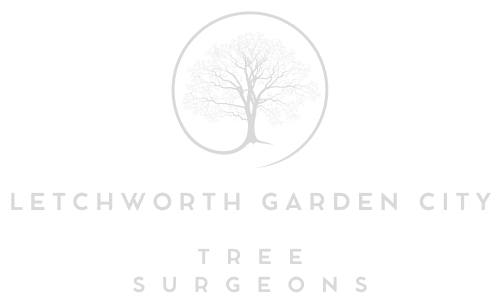The Science Behind Sectional Dismantling: Understanding Tree Structure
Introduction: Sectional dismantling is a precise and controlled tree removal technique that requires a deep understanding of tree biology and structure. At Letchworth Garden City Tree Surgeons, we recognise the importance of this knowledge in ensuring the safe and efficient removal of trees. In this blog post, we’ll delve into the science behind sectional dismantling by exploring the intricate structure of trees and how this understanding guides the removal process.
Anatomy of a Tree
Before delving into sectional dismantling, it’s crucial to understand the basic anatomy of a tree:
- Roots: Roots anchor the tree to the ground and absorb water and nutrients from the soil.
- Trunk: The trunk serves as the central support structure of the tree. It has several layers, including the innermost heartwood, which provides structural strength.
- Branches: Branches extend from the trunk and support the tree’s leaves, flowers, and fruit.
- Leaves: Leaves are the primary site for photosynthesis, where the tree converts sunlight into energy.
- Cambium Layer: The cambium layer is a thin layer of tissue located just beneath the bark. It is responsible for growth and produces new cells that expand the tree’s girth (secondary growth).
Understanding Tree Structure for Sectional Dismantling
Regarding sectional dismantling, tree surgeons must assess the tree’s structure carefully. Here’s how understanding tree anatomy informs the process:
- Identifying Weaknesses: Tree surgeons look for signs of decay, disease, cracks, or damage in the trunk and branches. These weaknesses can compromise the tree’s structural integrity and may require selective removal during sectional dismantling.
- Assessing Load-Bearing Capacity: Different sections of the tree support varying loads, depending on their size and position. Understanding the load-bearing capacity of each section helps tree surgeons plan the sequence of cuts and removal.
- Selecting Rigging Points: Rigging points are crucial for safely lowering tree sections. These points should be chosen based on the tree’s structure and load distribution. They are typically located in healthy, stable parts of the tree.
- Strategic Cuts: Understanding the location of vital tissues like the cambium layer guides the placement of strategic cuts. Proper cuts ensure the stability of the remaining sections and prevent unintended movement during removal.
- Controlled Descent: The science of tree structure informs the precise control required during the descent of tree sections. Rigging equipment, such as ropes and pulleys, is strategically placed to guide the sections safely to the ground.
The Role of Arborists
Arborists or tree surgeons are highly trained professionals specialising in tree care and removal. Their knowledge of tree biology and structure is crucial for successful sectional dismantling. Arborists use this expertise to assess the tree’s health, identify potential hazards, and plan the removal process to ensure safety and minimal environmental impact.
Conclusion: The science behind sectional dismantling is rooted in a deep understanding of tree structure and biology. Arborists can plan and execute the removal process with precision and safety by carefully assessing a tree’s health and load-bearing capacity. When faced with the need to remove a tree, especially in sensitive urban or natural environments, relying on professionals like Letchworth Garden City Tree Surgeons ensures that the process is carried out efficiently while preserving the beauty and safety of the surrounding landscape.
Call us on: 01462 419 196
Click here to find out more about Letchworth Garden City Tree Surgeons
Click here to complete our contact form and see how we can help with your tree’s needs.

